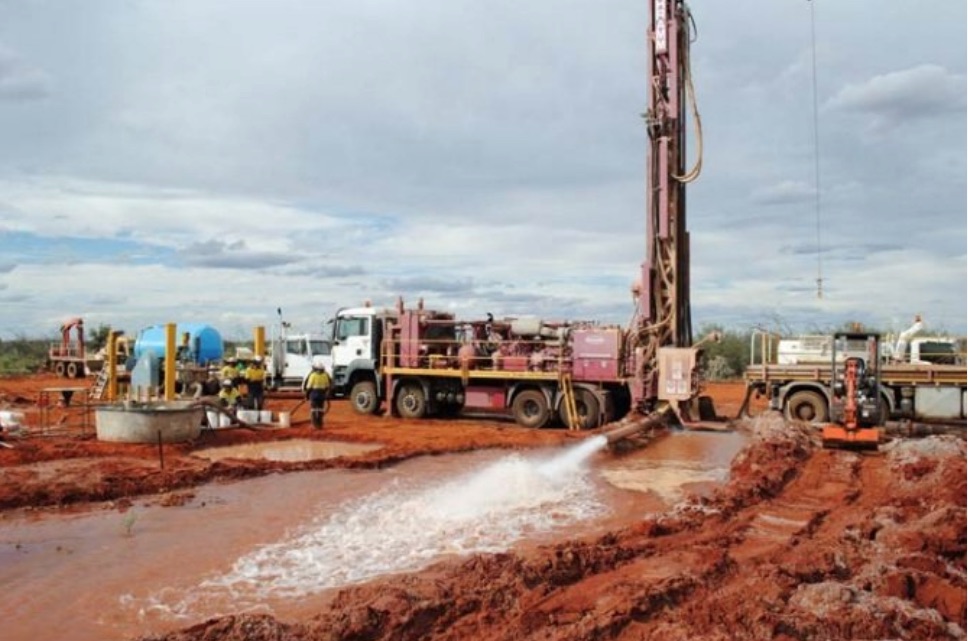
A prospective rare earths mine that could become a longterm supplier of neodymium and praseodymium has been green-lighted by the state Environmental Protection Authority (EPA).
Arafura Resources (ASX:ARU) on Friday received approval from the Northern Territory Environment Protection Authority (EPA), after an assessment process lasting more than two years. The EPA found that the risks from mining at the Nolans rare earths project, including use of groundwater and discharge of radioactive material, can be effectively managed.
Arafura is planning to produce 3,600 tonnes of NdPr per year, with first production in 2020.
“There will have to be a high level of operational management control for this project over a couple of generations, and there’ll have to be a high level of regulatory scrutiny, there’s no two ways about that,” EPA chairman Paul Vogel was quoted in ABC News. Radioactive material would be stored in purpose-built dams.
Arafura’s stock price jumped 8.7% on the news.
The new mine located 135 kilometres northwest of Alice Springs is expected to have a life of 35 to 55 years. The mill is designed to produce a maximum 14,000 tonne of total rare earth oxide (TREO) per annum. Arafura is planning to mine up to five million tonnes each year to produce 650,000 tonnes of run-of-mine (ROM) ore as feed to a three-stage crushing circuit. The end products would be sulphuric acid for sale to the fertilizer market, NdPr oxide, lanthanum (La) oxide, and a mixed middle-heavy rare earth (SEG-HRE) carbonate. Arafura is planning to produce 3,600 tonnes of NdPr per year, with first production in 2020.
The company is also looking at a joint venture with OCI Company Ltd. to build a separation plant in South Korea.
According to Arafura the Nolans Bore rare earths-phosphate deposit is “one of the largest and most intensively explored deposits of its kind in the world.” The deposit contains a JORC-compliant mineral resource of 56 million tonnes at an average grade of 2.6% TREO that extends to 215 metres below the surface. Two-thirds of the contained rare earths are in the measured and indicated category.
Arafura estimates the project would create an investment of about $900 million in Central Australia, as well as 250 to 300 permanent jobs.
An environmental approval from the Australian government and a final approval from the state government still need to be obtained.
The mine could supply up to 10% of world demand for neodymium and praseodymium, used in the manufacture of magnets for wind turbines, and electric vehicles.
Most of the world’s rare earths are supplied by China, which has a near-monopoly, producing about 90% of the materials.
3 Comments
HardWorker
What?, discharge of radioactive material and not a single protestor in sight. lol
Stollie Theron
China producing 90% of such material ???? How do they store the radio active material ????
Fred L Rice
it’s a one party dictatorship, they can store radioactive material anywhere they want, the tailings are probably piled up at the mine site. LOL